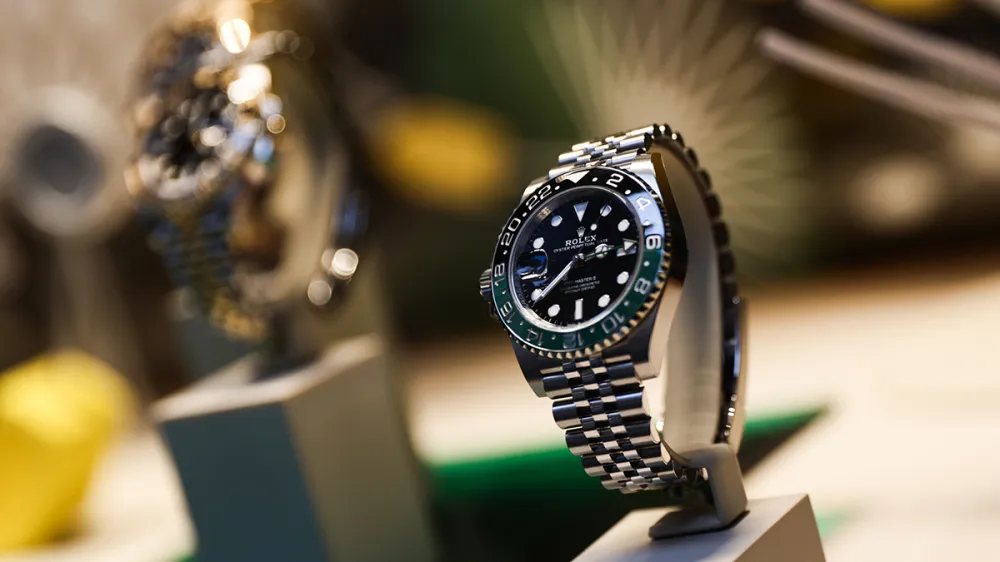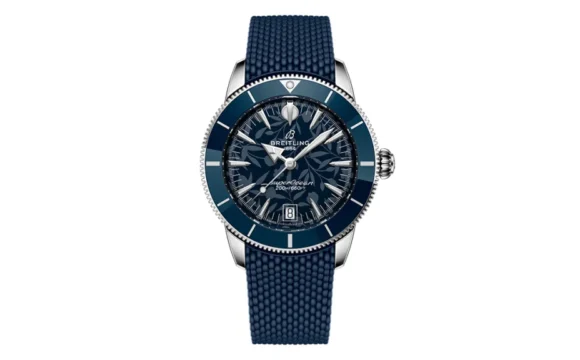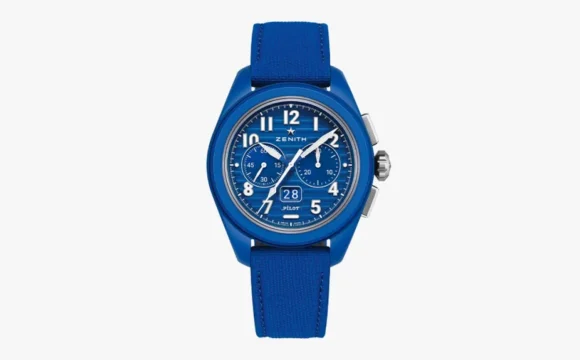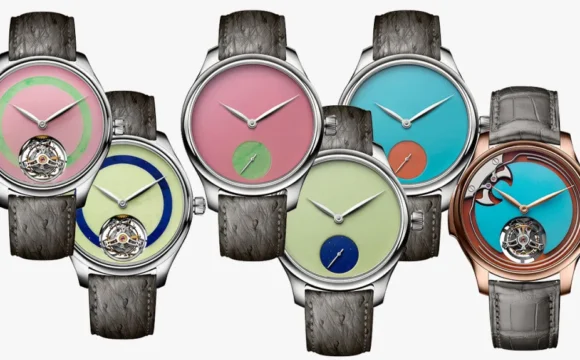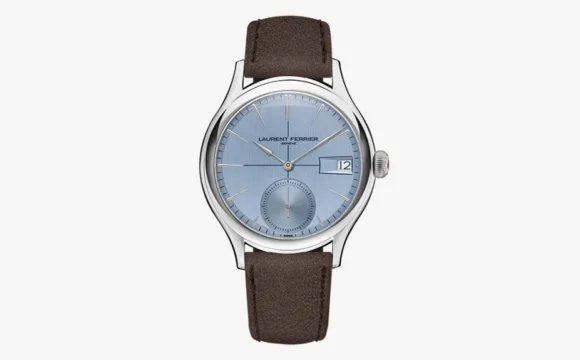หลังจากประสบกับภาวะการส่งออกนาฬิกาที่ลดลงมากที่สุดในรอบ 4 ปี นาฬิกาสวิสกลับมามีการส่งออกเพิ่มขึ้นอีกครั้ง โดยแรงขับเคลื่อนหลักมาจากตัวแทนจำหน่ายในสหรัฐอเมริกา ตัวเลขการส่งออกนาฬิกาสวิสทั่วโลกในเดือนเมษายน เพิ่มขึ้น 4.5% โดยเฉพาะในสหรัฐอเมริกา เพิ่มขึ้นถึง 11.6% ซึ่งเป็นตัวเลขที่น่าประทับใจ (อ้างอิงจาก WatchPro) การฟื้นตัวนี้เกิดขึ้นหลังจากภาวะการส่งออกที่ลดลงอย่างมากถึง 16.7% ในเดือนมีนาคม และ 2.1% ในเดือนกุมภาพันธ์
ถึงแม้จะมีแนวโน้มที่ดีขึ้น แต่อุตสาหกรรมนาฬิกาสวิสก็ยังไม่ได้เติบโตอย่างต่อเนื่อง โดยเฉพาะในสหรัฐอเมริกา ยอดขายนาฬิกาสวิสในสหรัฐฯ ลดลงถึง 16.9% ในเดือนมีนาคม และมูลค่าสินค้าคงคลังในร้านค้าอเมริกันเพิ่มขึ้น 8% ซึ่งบ่งชี้ว่าปริมาณนาฬิกามีมากกว่าความต้องการซื้อ เมื่อเทียบกับช่วงเวลาเดียวกันของปี 2023 การส่งออกนาฬิกาสวิสในช่วง 4 เดือนแรกของปีนี้ ลดลง 2.6% แม้จะมีตัวเลขที่ลดลง แต่ก็แสดงให้เห็นแนวโน้มที่คงที่
สหรัฐอเมริกา กลายเป็นตลาดส่งออกนาฬิกาสวิสที่ใหญ่ที่สุด ขณะที่เดิมที จีนและฮ่องกง เคยเป็นตลาดหลัก โดยตั้งแต่เดือนมกราคม มูลค่าการส่งออกไปยังสหรัฐฯ อยู่ที่ 1.5 พันล้านเหรียญสหรัฐ ในขณะที่ จีนอยู่ที่ 812 ล้านเหรียญสหรัฐ และฮ่องกงอยู่ที่ 738 ล้านเหรียญสหรัฐ การเปลี่ยนแปลงนี้ค่อนข้างน่าประหลาดใจ เมื่อเทียบกับความแข็งแกร่งของตลาดสินค้าฟุ่มเฟือยของจีนในอดีต
นอกจากจีนแล้ว ตลาดส่งออกนาฬิกาสวิส 15 จาก 20 อันดับแรก มีตัวเลขการส่งออกที่เพิ่มขึ้นในเดือนที่ผ่านมา โดยเฉพาะอย่างยิ่ง การส่งออกไปยังญี่ปุ่น เพิ่มขึ้นถึง 13.6% เนื่องจากค่าเงินเยนที่อ่อนตัว ทำให้สินค้าฟุ่มเฟือยมีราคาที่ถูกลงสำหรับนักท่องเที่ยว
อุตสาหกรรมนาฬิกาสวิส เผชิญกับความผันผวนในช่วง 2-3 ปีที่ผ่านมา โดยในเดือนมิถุนายน 2023 การส่งออกนาฬิกาไปยังสหรัฐฯ ลดลงเป็นครั้งแรกในรอบ 2 ปี และการส่งออกทั่วโลกก็ลดลงในเดือนธันวาคม แม้จะมีการขึ้นๆ ลงๆ เหล่านี้ แต่ปี 2023 การส่งออกนาฬิกาสวิสยังคงทำสถิติสูงสุดที่ 31 พันล้านเหรียญสหรัฐฯ ตั้งแต่เดือนธันวาคม การส่งออกมีการขึ้นๆ ลง แต่การเพิ่มขึ้นในเดือนเมษายนถือว่าเป็นแนวโน้มที่ดี
รายงานจาก WatchPro ชี้ว่า เมื่อความต้องการนาฬิกาหรูลดลง ผู้ผลิตนาฬิกาบางรายอาจจะยังไม่ได้ลดการผลิตลงตามที่จำเป็น เนื่องจากภาวะเศรษฐกิจที่ผันผวนและการเปลี่ยนแปลงของพฤติกรรมผู้บริโภคที่หันไปใช้จ่ายด้านการท่องเที่ยวและอาหารมากขึ้น ซึ่งอาจเป็นสาเหตุที่ทำให้ผู้คนไม่รู้สึกจำเป็นต้องซื้อนาฬิกาหรือนาฬิกาเรือนใหม่เพิ่ม
จากบทความโดย Tori Latham
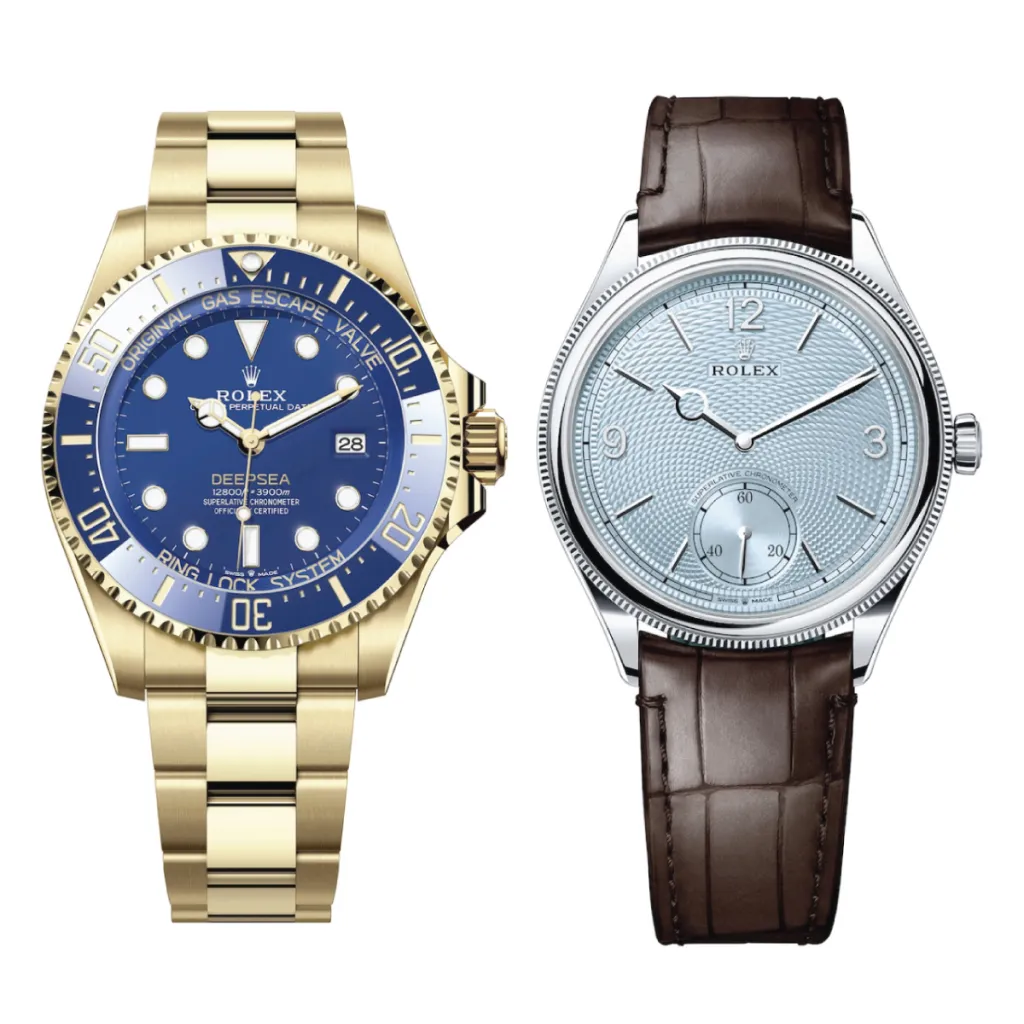
ROLEX
After experiencing the largest decline in four years, Swiss watch exports are growing again, primarily driven by U.S. dealers. In April, global exports rose by 4.5 percent, with an impressive 11.6 percent increase in the United States alone, according to WatchPro. This rebound follows a significant 16.7 percent decline in March and a 2.1 percent decrease in February.
Despite the boost, the Swiss watch industry isn’t experiencing unmitigated growth, especially in the U.S. In March, U.S. sales plummeted by 16.9 percent, and inventory value in American stores jumped 8 percent, indicating that supply is outpacing demand. Overall, Swiss watch exports were down 2.6 percent in the first four months of the year compared to the same period in 2023, showing a steadying trend.
While China and Hong Kong have traditionally been major markets for Swiss watches, the U.S. has now become the largest market. Since January, exports to America are worth $1.5 billion, compared to $812 million for China and $738 million for Hong Kong. This shift is surprising, given China’s previous strong luxury market performance.
In addition to China, 15 of the top 20 markets saw export increases last month. Notably, exports to Japan jumped by 13.6 percent, driven by a weakened yen making luxury goods more affordable for tourists.
The Swiss watch industry has faced volatility over the past couple of years. In June 2023, exports to the U.S. declined for the first time in two years, and global exports dropped in December. Despite these fluctuations, 2023 saw Swiss watch exports reach a record-high $31 billion. Since December, exports have fluctuated, with a healthier increase in April.
As demand for luxury watches falls, some worry that watchmakers aren’t reducing production as much as needed, according to WatchPro. Economic volatility and shifting consumer priorities, such as spending on travel and dining, might explain why fewer people feel the need for another luxury watch right now.
From the article by Tori Latham

